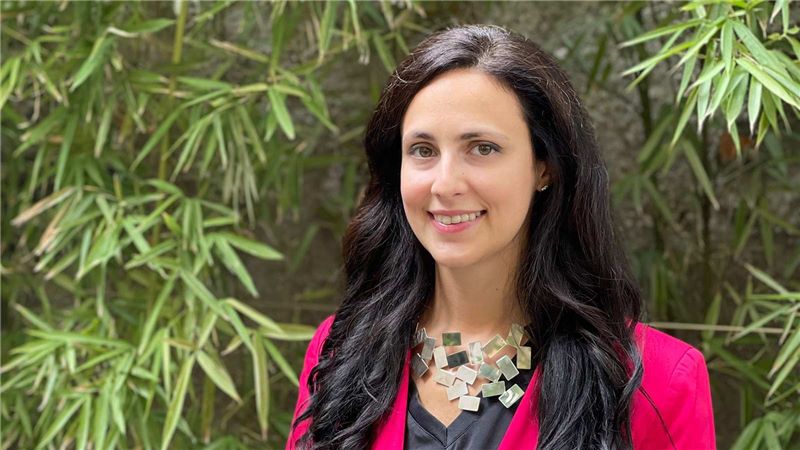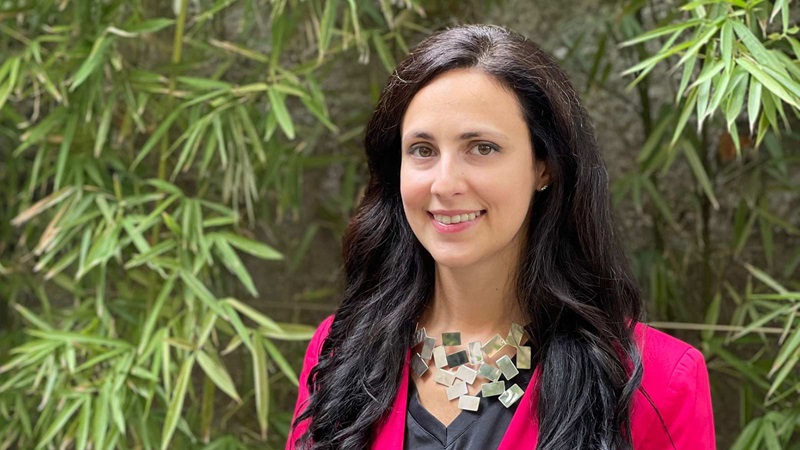
Marzia Bolpagni
Associate Director, BIM
Consultancy, UK
Multi-award winner Dr. Marzia Bolpagni’s pioneering approach to Building Information Modelling (BIM) helps Mace Consult to deliver complex construction programmes and projects around the world. And as Head of BIM International, Marzia is a driving force for change - challenging industry perceptions and integrating the latest technology, processes and methodologies in support of a sustainable future.
- How did you get into what you do?
- I developed a keen interest in the digital aspects of construction (and BIM) while I was studying building engineering at university in Italy. During my studies, I learned how to use digital processes and tools to manage construction and design. I dedicated my PhD to researching smart buildings and ICT, and I specialised in applying building information for public sector clients. I then worked in Finland and the U.S. on large projects, before leading a BIM project for the Ministry of Justice in the UK - which is where I first came across Mace.
- How has your career progressed since joining Mace?
- I joined Mace as a BIM manager in 2017, and now, as Head of BIM International, I’m helping to upskill our global teams and help international clients. My job is fascinating and keeps me on my toes. I get to share our best practice knowledge from the UK and help our international regions to grow. We have so much talent at Mace and I’m fortunate to work with some fantastic people around the globe.
- What do you enjoy most about your current role at Mace?
-
It’s hard to pick! We work on many of the world’s most inspiring projects and programmes and every day is different. Mace has a great company culture. There is a collective drive to go above and beyond for project delivery. I enjoy knowing that my work makes a tangible difference, like when we support a more traditional client to integrate BIM and they see the positive outcomes - not just to budgets and timelines but to other key areas such as sustainability. On a personal level, it feels good to be part of a company with a purpose that aligns with my own values. The commitment to sustainability, delivering distinctive value, and to hiring the best and most diverse talent is really motivating.
- How does it feel to have scooped up so many awards during your career?
-
The recognition is of course nice, but what I hope is that it inspires other women to follow suit. Mace gives us the freedom to push the boundaries on what we can achieve and there are so many talented women in our industry. Any time one of us wins an award, it raises awareness of how we can all excel in this discipline.
- What digital trends do you think will impact the industry in the coming years?
- There’s an ever-growing pipeline of infrastructure projects around the world, and we know that digital solutions will be the key in seeing them through to fruition. Solutions like Building Information Modelling (BIM), Virtual Design and Construction (VDC), data analytics and drones are transforming the delivery of major programmes. There’s a cliché that public sector delivery is slow to adapt new approaches. But infrastructure has great potential in using a digital approach during delivery and operation. Introducing digital solutions at the earliest stage with well-defined strategies allows the project team to work together, share valuable data and to make changes to supply chains and procurement processes. In addition, this supports a more sustainable operation of assets till their end of life.
- What advice would you give to someone looking to get into what you do?
-
It would depend on what level you’re currently at, but first I’d suggest completing a degree in a construction related subject (like architecture, engineering or construction management), and then I’d recommend a master’s degree with a BIM specialism. There’s a wealth of literature out there and different communities too, such as the UK BIM Alliance, of which I’m an ambassador or the BIM Excellence Initiative where I’m Assistant Editor of the BIM Dictionary, a free tool with more than 800 terms and descriptions on BIM. It’s also a great idea to network in the industry and find yourself a mentor to offer advice and support.
- What might someone be surprised to know about you?
-
I think as someone who is so specialised in digital construction, people might be surprised that I try to apply a limit to the amount of technology that I use, to minimise my personal carbon footprint. I’m keen to reduce my impact on a personal level and pursue a sustainable world. People might expect that as Head of BIM I would have loads of gadgets and a virtual assistant in my home, but I think we need to use technology for meaningful purposes.
- What do you hope you will be doing in the next 5-10 years?
- I would like to continue my work on industry standardisation and bridging the gap between academia and industry. I also want to inspire the next generation and attract talent to our industry. I hope that my work will help change the perception of construction as a male-dominated field and help younger people to understand that it’s not just manual on-site labour but that the sector provides a space for a whole range of skills and disciplines.

“Solutions like Building Information Modelling (BIM), Virtual Design and Construction (VDC), data analytics and drones are transforming the delivery of major programmes.”











